To minimize injury from a fall, use a fall arrest system. It is fundamental to use fall arrest equipment correctly to prevent injury as much as possible.
Fall Protection
Original price was: $11.99.$9.99Current price is: $9.99.
Description
Falls happen too often to ignore, even to seasoned professionals in the construction industry. There is high potential for fatal injuries caused by falls from scaffolding, ladders, beams, and residential frames. When the right safety precautions are taken, many falls are preventable, so why do falls occur so frequently? Everyone, usually to be faster, sometimes cut corners and work without fall protection equipment to accomplish little tasks, removing the systems when they present an inconvenience, or dispensing with them altogether. It is because of this that risk is invited and bad accidents can happen.
One of the major sources of injury to the American workforce is falls. Falls are part of the “Fatal Four” hazards, along with electrical, caught-in, and struck-by hazards, which account for the majority of the injuries and fatalities in construction. The single-greatest source of injury, accounting for thirty-eight percent of all construction fatalities, is falls from heights. Considering recent statistics, falls from heights caused 348 fatalities in construction and utilities-related accidents, and 10,150 non-fatal injuries. Fall-related violations have been found to be at least three of the top ten most frequently cited construction violations.
When there are serious fall hazards, and protection by other means such as guardrails or nets are not used, the Occupational Safety & Health Administration (OSHA) requires employers create a personal fall arrest program. Typical programs will identify common hazards and offer solutions for mitigating them, often by instructing the use of fall protection systems, outlining situations where fall arrest devices are appropriate for use. It is a dangerous idea to bypassing personal fall arrest systems, regardless of how long these systems may take to deploy.
Realizing and correcting unsafe conditions does more than creating a safer work environment. If you want to avoid a citation from OSHA, do you best to keep your jobsite free of fall hazards.
Typical Construction Fall Hazards
- Leading edges on a constructed building or around open excavations;
- Scaffold systems which lack proper guardrail protection;
- Improperly guarded, open holes in floors;
Fall protection is required across nearly every industry activity by law. Although, the requirements vary depending on the situation, even in the construction industry. Contractors need to address fall exposures of six feet for most work.
Fall protection is needed while working:
- At self-supporting scaffolding heights of 10 feet (3.05 m) or greater
- On a steel erection 15 to 30 feet (4.6 to 9.1 m) high
Fall Arrest Systems
To minimize injury from a fall, use a fall arrest system. It is fundamental to use fall arrest equipment correctly to prevent injury as much as possible. Some examples of equipment include body support devices (harnesses), lanyards and anchorages.
Why SafetyNow?
Not all training is equal. With SafetyNow, learners and leaders will notice the difference in value:
- Quality: Professionally-researched and designed using the latest mobile and responsive technologies
- Convenience: Works instantly on any device, desktop or mobile
- Time savings: What learners need to know, not extra fluff or legalese
- Reporting: Consistent, instant compliance records available anytime
- Support: Customer and learner support included at no charge
- Understanding the reasons for using fall protection equipment and training on that use are required in the construction industry
- Recognizing the requirements for equipment used in work positioning, fall restraint, and fall arrest systems
- Learning the requirements for proper use of work positioning, fall protection, fall restraint, and fall arrest systems
- Realizing the hazards posed by falling six feet (1.85 m) or more, both with and without a personal fall arrest system
- Learning the components of a personal fall arrest system and how they work together to arrest a fall
- Comprehending the steps for properly inspecting and donning a full-body harness
- Learning the criteria for properly attaching the connecting device to an anchorage connector, and a vertical or horizontal lifeline
- Any Learning Management System (LMS) Use with any SCORM, AICC, xAPI, TinCan, HTML5, or other LMS (learning management system).
- Any Device Desktop, laptop, tablet, or mobile phone – it simply works, everywhere.
- Engaging Professionally-developed, including an on-screen host and modern, easy-to-understand text, media, and voiceovers.
- Unlimited Attempts Each module can be taken as many times as required to get a passing grade. Unlike our competitor’s courses, if you get an answer wrong, you are redirected to the exact eLearning segment you struggled with… you don’t need to go through the entire module again, just the one part you need a refresher on.
Only logged in customers who have purchased this product may leave a review.

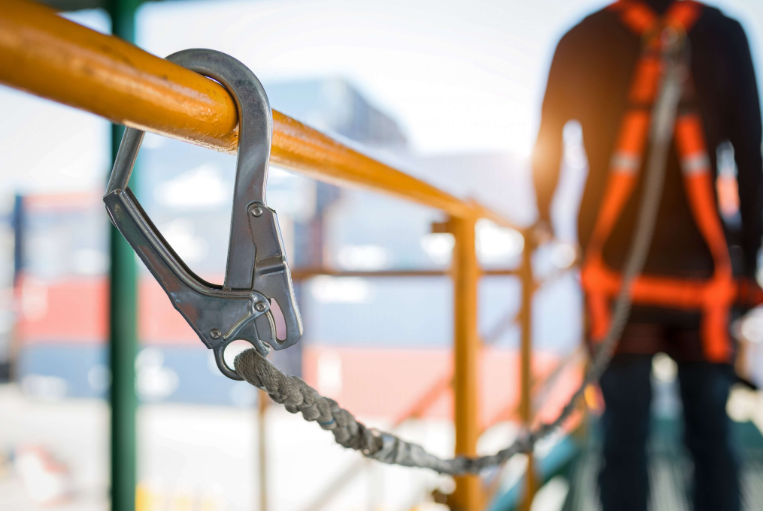
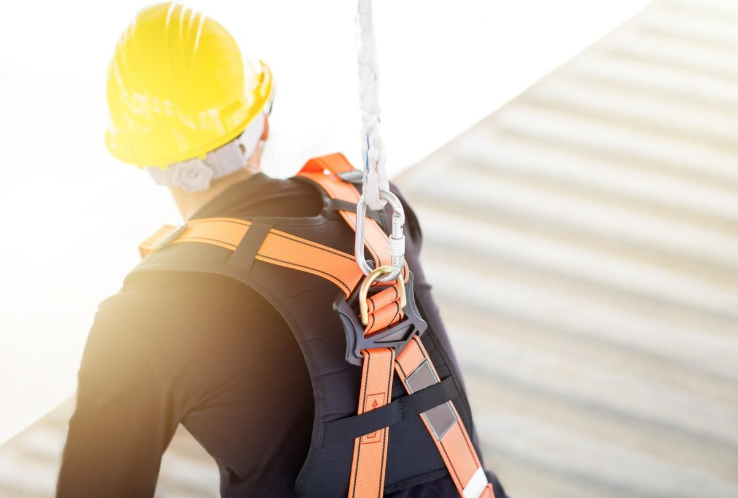
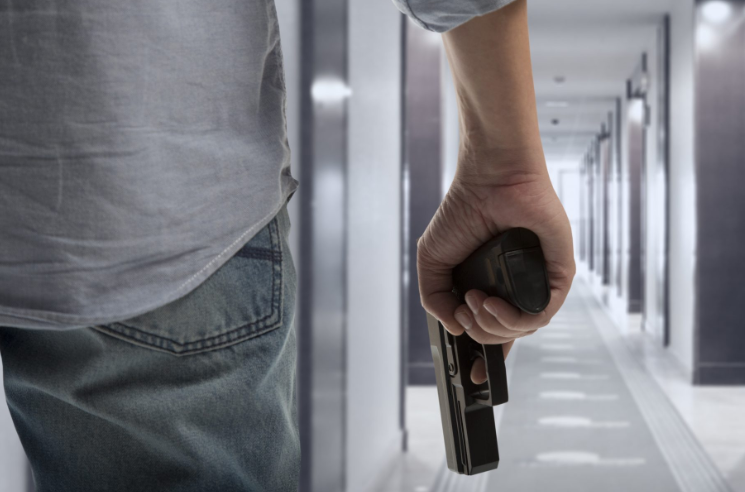



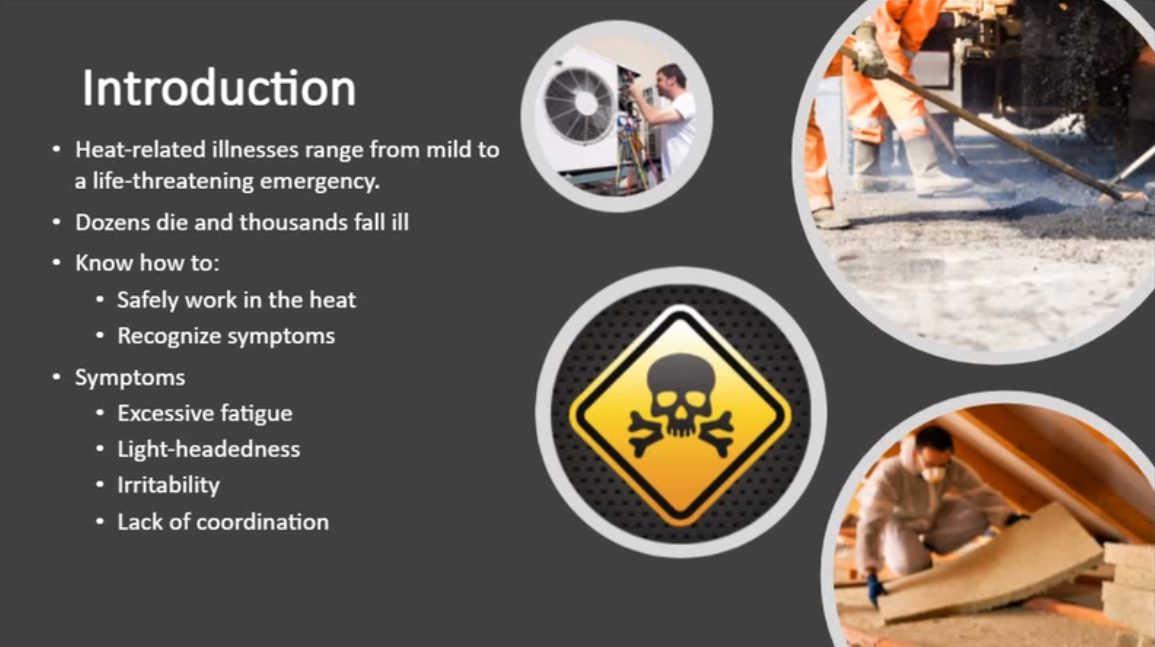

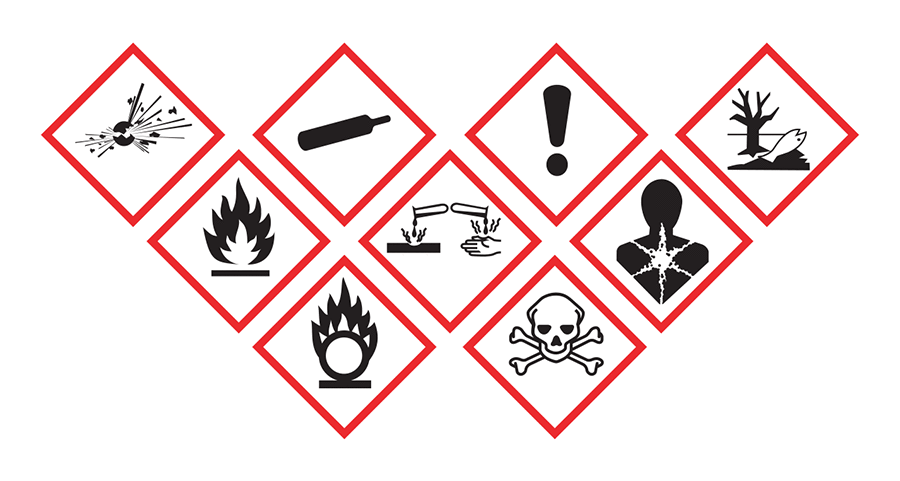

Reviews
There are no reviews yet.